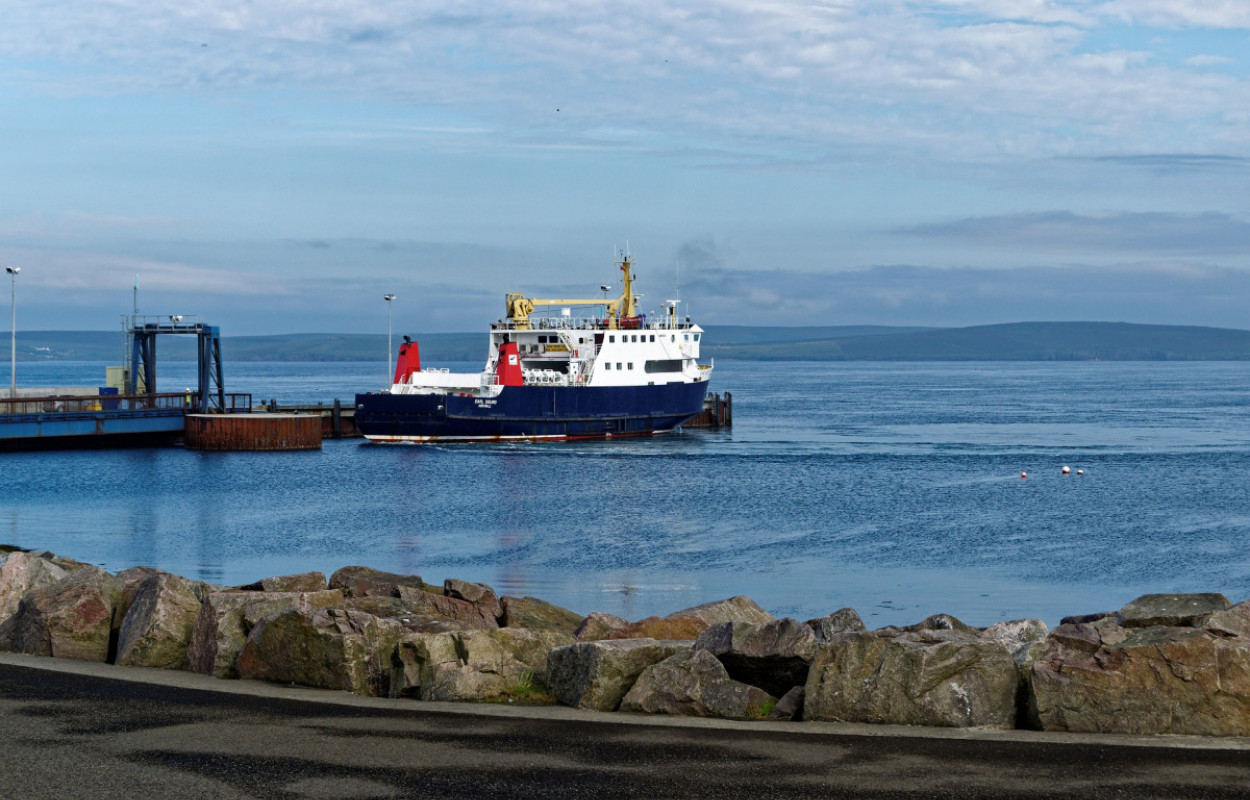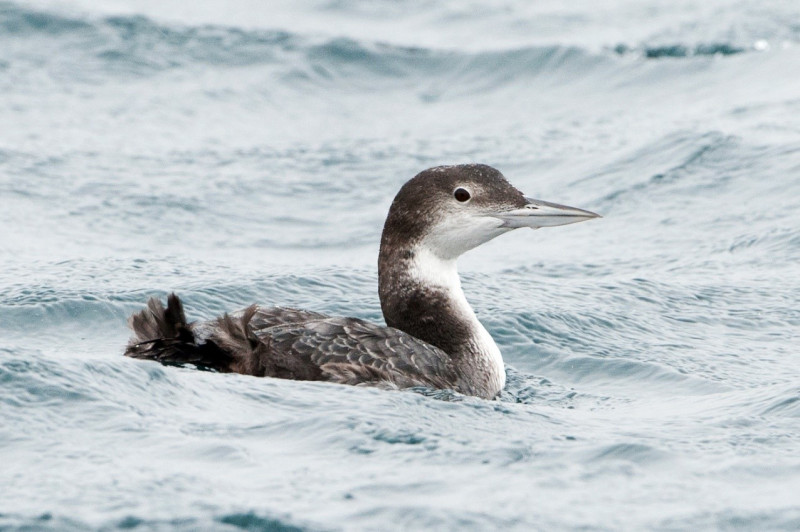Behavioural responses of non-breeding waterbirds to marine traffic in the near-shore environment

Author(s): Jarrett, D., Calladine, J., Cook, A.S.C.P., Upton, A., Williams, J.,Williams, S., Wilson, J.M., Wilson, M.W., Woodward, I. & Humphreys, E.M.
Published: September 2022
Journal: Bird Study
Digital Identifier No. (DOI): 10.1080/00063657.2022.2113855
Marine traffic is increasing globally, but there has been little research investigating the impact of this disturbance, particularly for non-breeding populations in near-shore environments. This study observed the behaviour of 11 seabird species in response to winter ferry passage around Orkney, increasing the evidence base available to inform impact assessments, planning and policy in the marine environment.
Abstract
Capsule: Recording of behavioural responses to ferry traffic for eleven target species showed that Red-throated Diver Gavia stellata, Slavonian Grebe Podiceps auratus and Black-throated Diver Gavia arctica were most likely to react to passing vessels.
Aim: To provide information on how responses to marine traffic vary between waterbird species to inform marine spatial planning and environmental impact assessments in the near-shore environment.
Methods: We recorded behavioural responses to ferry traffic for eleven target species in near-shore waters: Eider Somateria mollissima, Goldeneye Bucephala clangula, Long-tailed Duck Clangula hyemalis, Velvet Scoter Melanitta fusca, Red-breasted Merganser Mergus serrator, Black-throated Diver, Great Northern Diver Gavia immer, Red-throated Diver, Shag Phalacrocorax aristotelis Slavonian Grebe and Black Guillemot Cepphus grylle. Responses were analysed using generalized linear models.
Results: Red-throated Diver, Black-throated Diver, Slavonian Grebe were the most likely species to exhibit a response to passing vessels. While Red-throated Divers were highly likely to flush, Black-throated and Great Northern Divers rarely took flight, instead favouring swim or dive responses.
Conclusions: This research provides comparative evidence on behavioural responses of waterbirds to marine traffic. The results support previous studies which highlighted the high sensitivity of diver species to disturbance and provide new evidence that Slavonian Grebe is also a high sensitivity species.
Two important wintering grounds for waterbirds have recently been granted Special Protection Area (SPA) status in the Orkney near-shore zone: Scapa Flow and North Orkney. This means that any potential developments in the marine environment must be subject to robust environmental impact assessments, which rely on a clear understanding of wintering waterbirds’ responses to disturbance.
This study focussed on 11 species that qualify the two proposed areas as SPAs, such as Eider, Long-tailed Duck, Black-throated Diver, Great Northern Diver, Red-throated Diver and Slavonian Grebe. Observations were recorded from 116 ferry journeys between November 2016 and March 2017, resulting in data for over 6,000 flocks. The researchers categorised the birds’ behaviour into four responses to the ferry: ‘flight’, ‘swim away’, ‘evasive dive’ or ‘no response’. This enabled them to compare the sensitivities of different species to the ferry traffic, and also how the different response types varied between species.
The study found that the likelihood of a response was greater for all the investigated species when the ferry passed birds at closer distances. Red-throated Diver, Black-throated Diver and Slavonian Grebe were the most likely species to respond, but the species’ response behaviour differed; while Red-throated Diver and Slavonian Grebe were more likely to take flight, swimming away or diving accounted for almost all the evasive responses of Black-throated and Great Northern Diver. These species have higher wing-loading (the total mass of a bird divided by the area of its wings) so require more energy to take flight, which may explain why they almost exclusively displayed swimming or diving behaviour when the ferry passed.
The researchers also found that rougher sea conditions increased the proportion of flight responses. This effect was strongest for Red-throated Diver, which were around three times more likely to take flight in the roughest sea states. The increase in flight responses coincided with a decrease in other responses, suggesting that birds were substituting diving and swimming away with flight responses in rougher conditions. The reduced energetic cost of take-off in strong winds may make flight the most energetically effective response in these conditions.
In addition to providing comparative information for species’ sensitivity to marine traffic, the study also demonstrated the importance of considering different behavioural responses in sensitivity assessments. For Great Northern and Black-throated Diver, for example, a ‘flight response’ analysis would show these species to be very low sensitivity; however, including all behavioural responses show these species to have relatively high sensitivity to marine traffic. Further, long-term research is required to assess how this sensitivity affects foraging behaviour, energetic budgets and body condition, particularly in cases where repeat disturbance occurs.
The findings of this study will be used by regulatory bodies such as NatureScot and Marine Scotland to inform the licencing process in the marine environment in Orkney and other similar marine areas. This should allow evidence-based decisions to be made which facilitates increased protection for sensitive species, but also doesn't unnecessarily restrict marine activity in other areas.
Notes
We are grateful to the staff of Orkney Ferries for allowing access to vessels to carry out surveys.
The work was funded by the Contract Research Fund, administered by the Scottish Government Rural and Environment Science and Analytical Services.











Share this page